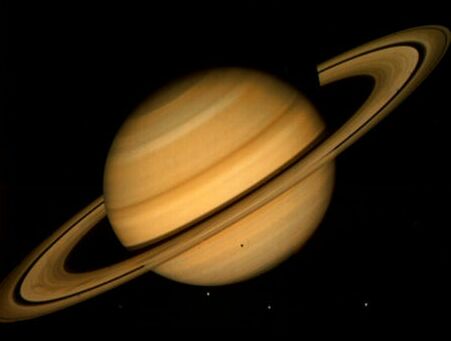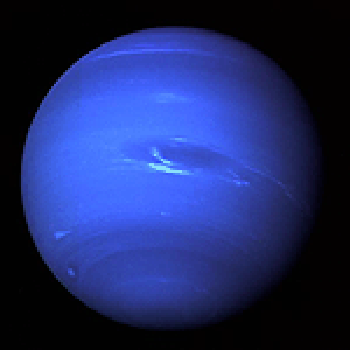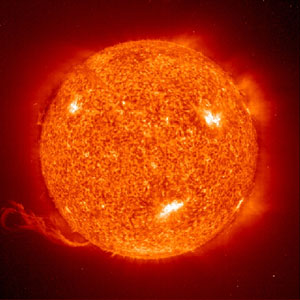Explore the Universe
On this website, we will be show you "A Journey Across the Universe".
Earth, our home planet, is the only living source in the entire universe (at least that we know of). |  |
Mercury is the closest planet to the sun. It can get so hot, that it can reach 801`F. Without much of an atmosphere to trap the heat, temperatures at Mercury can "dramatically" go down to - 279`F (-173`C). |  |
Venus and Earth are similar in size, mass, density, composition, and distance but , there are some differences. One is that Venus is mostly made up of Carbon-Dioxide. |  |
Mars is nicknamed "The Red Planet" because of the volcanoes, meteor impacts, shifting tectonic plates, and huge dust storms. |  |
Jupiter is the solar system's largest planet. Some scientists refer to Jupiter as the failed star. If Jupiter were eight times more massive, it would be considered a star! |  |
Have you ever wondered how Saturn got it's rings? Extreme winds in the upper atmosphere combined with rising heat. That's what causes Saturn's yellow and gold rings. |  |
Although many people think of this very unique planet as a joke, it's actually more. Uranus was considered one of the blander-looking planets. Uranus gets its blue-green color from methane gas. It also has 11 rings (hardly noticeable). |  |
Neptune was the first planet found using mathmatical predictions. The reason why you can't see it is because it is very, very far away from earth. Neptune has 6 rings and 13 know moons. |  |
The Sun is one of the most important things in the solar system. It not only provides heat and energy but, its gravitational forces hold the solar system together. It is also in the center of our solar system and 8 (not including Pluto) planets revolve around it as do many moons. |  |
Although Pluto is proven not to be a planet, it's still part of our solar system, right? Pluto is about 30% smaller than the earth's moon. Pluto also orbits the Kuiper belt, a region of our solar system extending farther beyond the planets and thought to be the origin of many comets. |  |
Here is a short clip of our solar system's planets and a scale from the smallest planet to the second largest star! |
This video shows you step by step from the smallest planet to the largest known thing in mankind, the universe. |